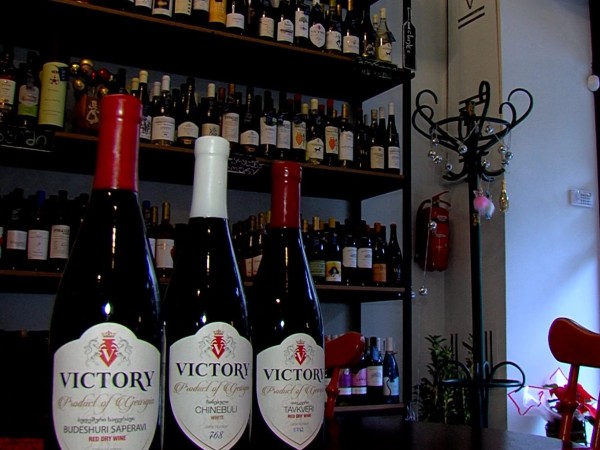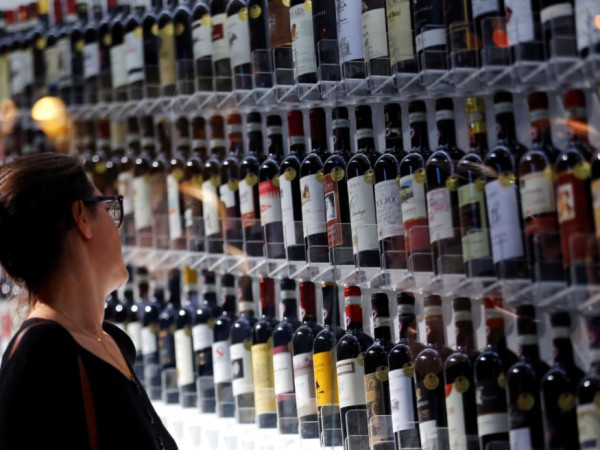World wine consumption in 2020 is estimated at 234 mhl, marking a 3% decrease compared to 2019 and reaching the lowest recorded level of consumption since 2002.
Premium wine suffered the most from the closure of restaurants and tasting rooms. With the exception of Prosecco, sparkling wine is the category of wines that suffered the most in 2020.
Last year’s data on Chinese wine market, signals the probable end of the rapid growth trend that started 20 years ago.
In 2020 the world wine export market has contracted slightly in volume reaching 105.8 mhl (-1.7% /2019), but has seen a relatively sizeable fall in value, with 29.6 bn EUR (-6.7% /2019), reads the recent release of OIV - International Organization of Vine and Wine.
The surface area of the world vineyard in 2020 is estimated at 7.3 mha, stable since 2017.World wine production, excluding juices and musts, in 2020 is estimated at 260 mhl (+1% / 2019), a level slightly below average for the second consecutive year.
First estimates of wine production in the Southern Hemisphere indicate high expected volumes for 2021 for the majority of countries, with the exception of Argentina.
Significant downward data revisions in vineyard surface area, wine production and consumption in China, together with the sharp decline in wine imports, signal the probable end of the rapid growth trend that started 20 years ago.
Heterogeneous consumption behaviors in 2020 across countries depended on factors such as national consumption habits (weight of wine over total alcoholic beverages, weight of HoReCa channel, etc.), length and strictness of lockdown measures and associated policies such as sales bans, and the weight of tourism in national wine consumption.
The full or partial closure of the HoReCa channel has caused a fall in sales in value, and to a lesser extent in volume, only partially compensated by the increase in wine sales via e-commerce and large retailers.
Premium wine suffered the most from the closure of restaurants and tasting rooms, while large producers that owned the off-premise channel with large partner wholesalers performed well.
With the exception of Prosecco, sparkling wine is the category of wines that suffered the most in 2020. Contrarily, bag-in-box wine sales have experienced a sharp increase in sales although overall volumes remain low.
Shifts in global trade patterns are due to the combination of the expected decrease in global demand due to Covid-19 crisis and the imposition of new trade barriers (US retaliatory tariffs, China tariffs on Australian wine, Brexit).
On his final intervention, the OIV Director General, Pau Roca reminded that for wine producers there has been and will continue to be a need to adapt to the diversification of markets and distribution channels. The Director General stressed that this situation added difficulties to an already complex system, and only those who incorporate continuous adaptive behavior will stand up.
“The sector is highly concentrated, and therefore risky. This shows us that diversification is necessary, starting with consumption”, he said. Among other objectives, the OIV is working to make wine a more universal consumer product. “Asia, as a growing consumer continent, is one of the main challenges for the wine world”, considered Pau Roca.















